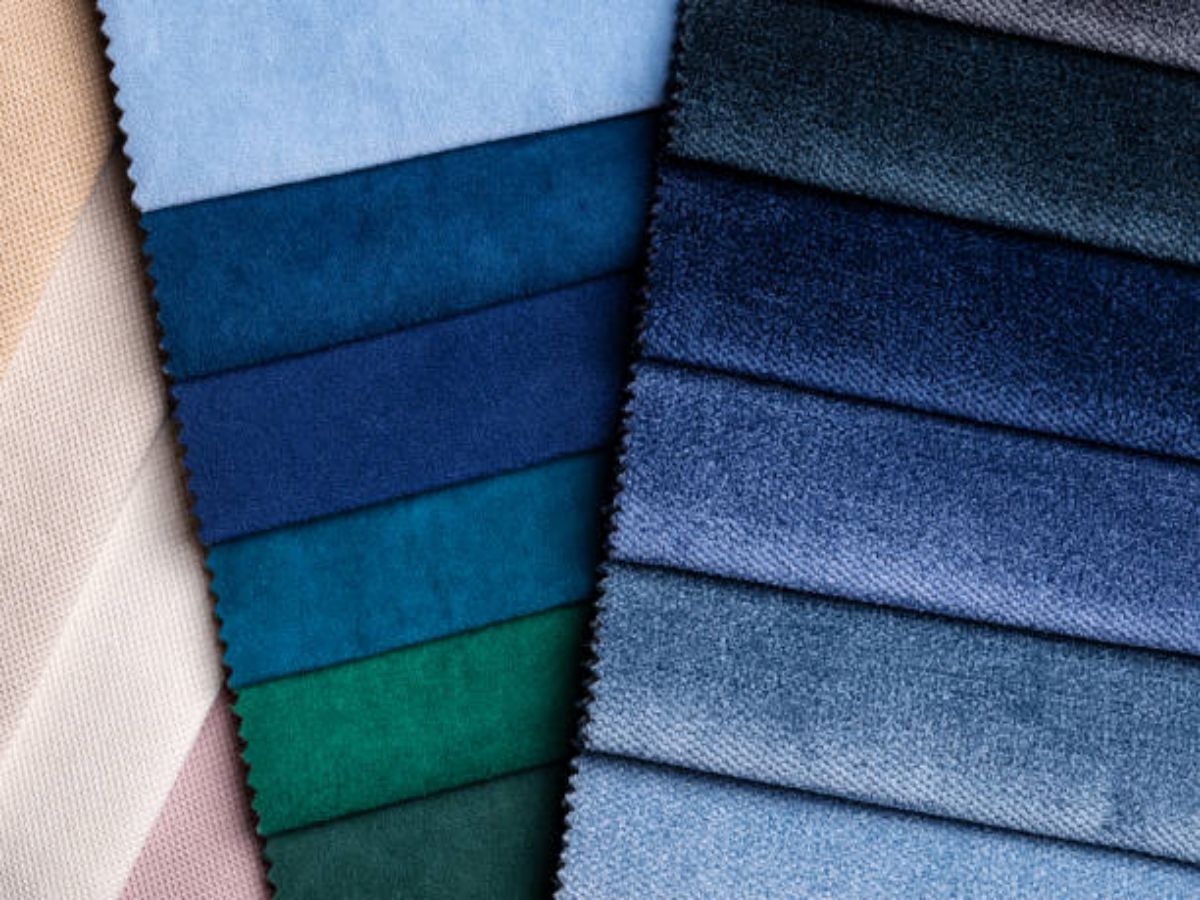Table of Contents

The Difference between Polyester and Nylon Fabric Explained
Polyester and nylon fabric are two popular synthetic materials used in the textile industry. While they may have some similarities, they also have distinct differences that make them suitable for different applications. In this article, we will explore the various aspects that set polyester and nylon fabric apart, including their composition, durability, breathability, moisture-wicking properties, and more.
Composition: Polyester vs. Nylon Fabric
Polyester is a synthetic polymer made from petroleum, coal, air, and water. It is created through a chemical process called polymerization. Nylon, on the other hand, is also a synthetic polymer but is made from a combination of coal, air, water, and petroleum-derived chemicals. Both fabrics are formed by spinning the polymers into fibers, which are then woven into fabric.
Durability: How Do Polyester and Nylon Fabric Compare?
When it comes to durability, both polyester and nylon fabric offer excellent strength and resistance to wear and tear. However, nylon is generally considered to be more durable than polyester. Nylon fibers have a higher tensile strength, which means they can withstand heavier loads without breaking or stretching. This makes nylon fabric a great choice for applications that require high durability, such as outdoor gear, bags, and upholstery.
Breathability: Which Fabric is More Breathable?
In terms of breathability, polyester fabric tends to be more breathable than nylon fabric. Polyester fibers have a more open structure, allowing air to circulate more freely. This makes polyester fabric a popular choice for activewear, as it helps to wick away sweat and keep the wearer cool and dry. Nylon fabric, on the other hand, has a denser structure, making it less breathable. It is often used in applications where breathability is not a priority, such as raincoats or windbreakers.
Moisture-Wicking Properties: Polyester Takes the Lead
When it comes to moisture-wicking properties, polyester fabric outperforms nylon fabric. Polyester has hydrophobic properties, meaning it repels water and dries quickly. This makes it an excellent choice for sportswear and outdoor clothing, as it can wick away sweat and keep the wearer comfortable during physical activities. Nylon fabric, although not as effective in moisture-wicking, still has some water-resistant properties, which can be beneficial in certain applications.
Stain Resistance: Which Fabric is Easier to Clean?
In terms of stain resistance, both polyester and nylon fabric are relatively easy to clean. Polyester fabric is known for its stain-resistant properties, as it does not absorb liquids easily. It is also less prone to wrinkling, making it a low-maintenance fabric. Nylon fabric, while not as stain-resistant as polyester, is still relatively easy to clean. It is more prone to wrinkling, but it can be treated with stain-resistant coatings for added protection.
Cost: Is Polyester or Nylon Fabric More Affordable?
When it comes to cost, polyester fabric is generally more affordable than nylon fabric. Polyester is a widely available and mass-produced synthetic material, which makes it more cost-effective. Nylon fabric, on the other hand, is slightly more expensive due to its higher manufacturing costs. However, both fabrics offer good value for money considering their durability and performance.
Applications: Where Can You Find Polyester and Nylon Fabric?
Polyester fabric is commonly used in a wide range of applications, including clothing, home furnishings, upholstery, and bedding. Its versatility and affordability make it a popular choice in the textile industry. Nylon fabric, on the other hand, is often used in applications that require high strength and durability, such as outdoor gear, backpacks, and tents. It is also commonly used in the manufacturing of parachutes, ropes, and seatbelts due to its excellent tensile strength.
Environmental Impact: Which Fabric is More Eco-Friendly?
When it comes to environmental impact, both polyester and nylon fabric have their drawbacks. Polyester is derived from non-renewable resources and requires significant amounts of energy to produce. However, polyester can be recycled, which helps to reduce its environmental footprint. Nylon, on the other hand, is not as easily recyclable and requires a more energy-intensive manufacturing process. However, some companies are working on developing more sustainable forms of nylon, such as bio-based or recycled nylon.
Conclusion: Polyester or Nylon Fabric – Which is Right for You?
In summary, polyester and nylon fabric are both versatile synthetic materials with their own unique properties. Polyester fabric is more breathable, moisture-wicking, and stain-resistant, making it suitable for activewear and everyday clothing. Nylon fabric, on the other hand, offers superior durability and strength, making it ideal for outdoor gear and heavy-duty applications. Consider your specific needs and preferences when choosing between polyester and nylon fabric, and always opt for sustainable options when possible.
